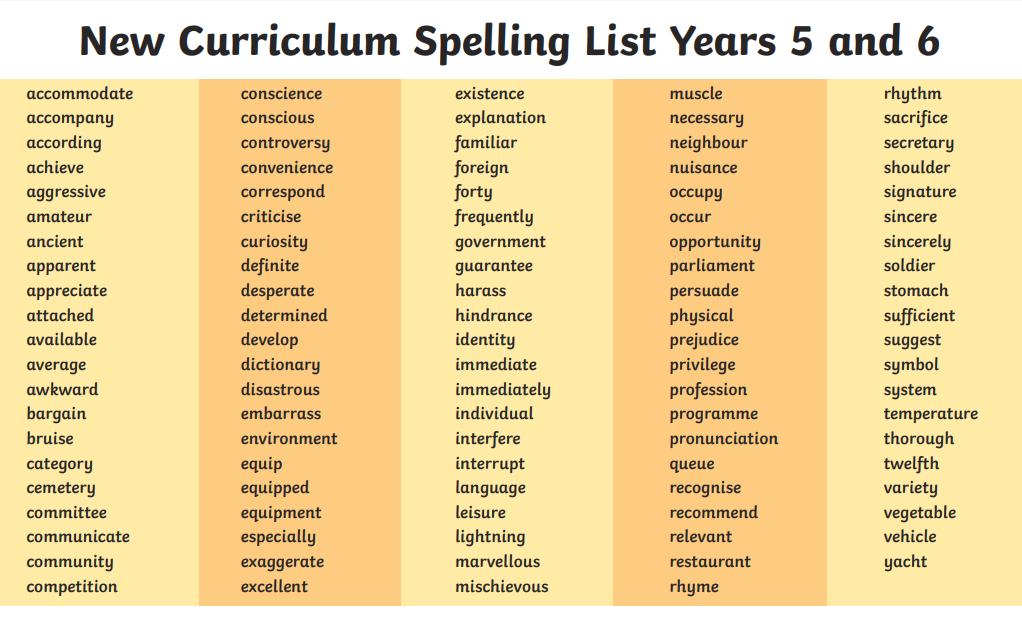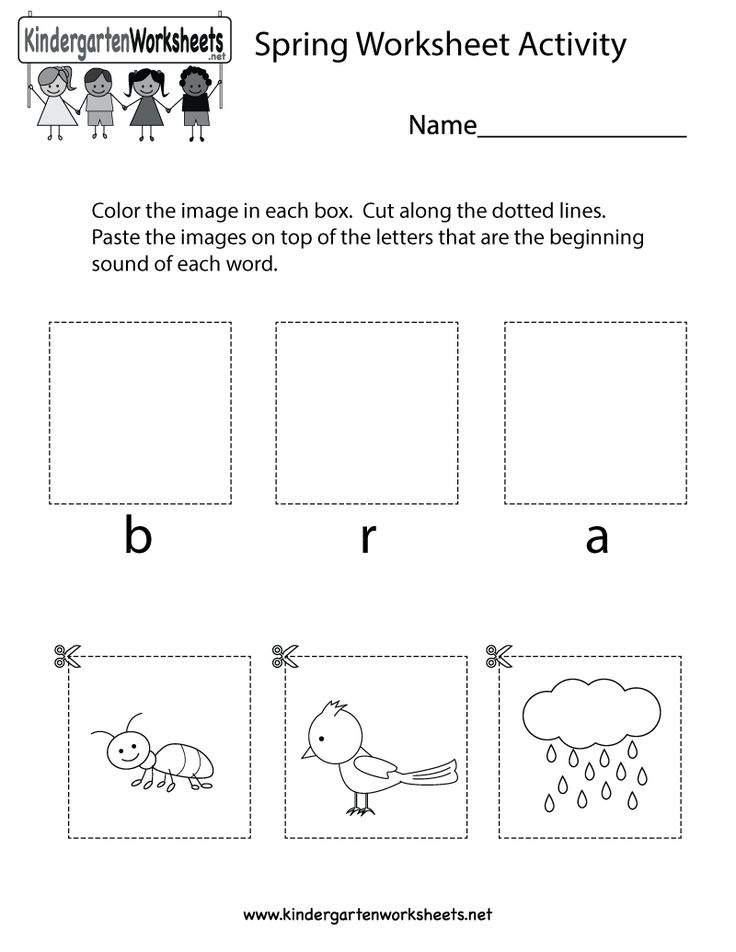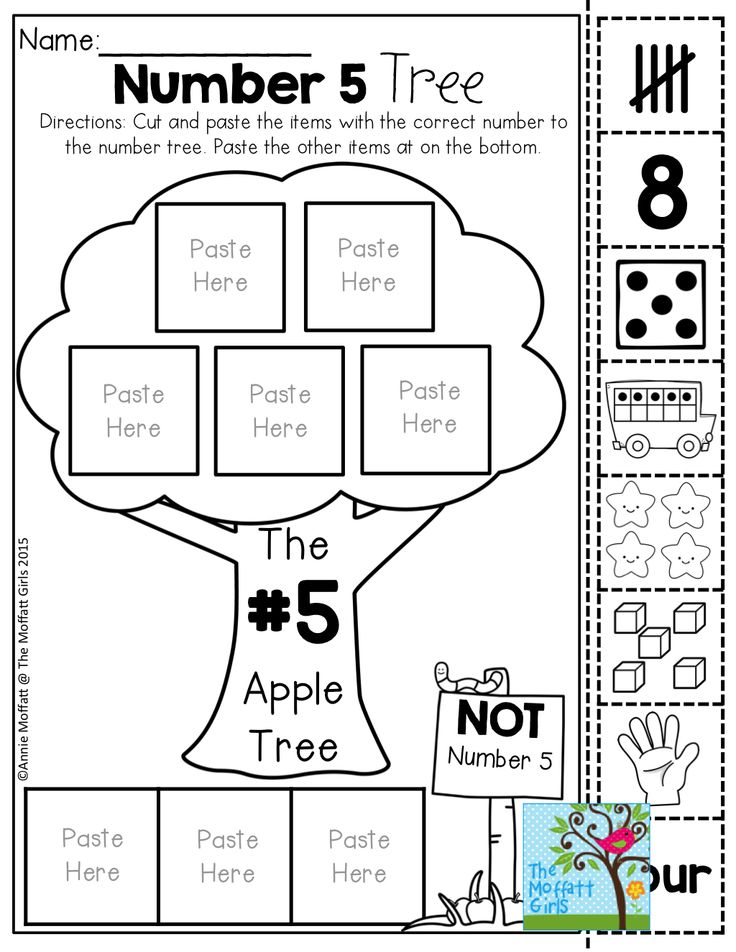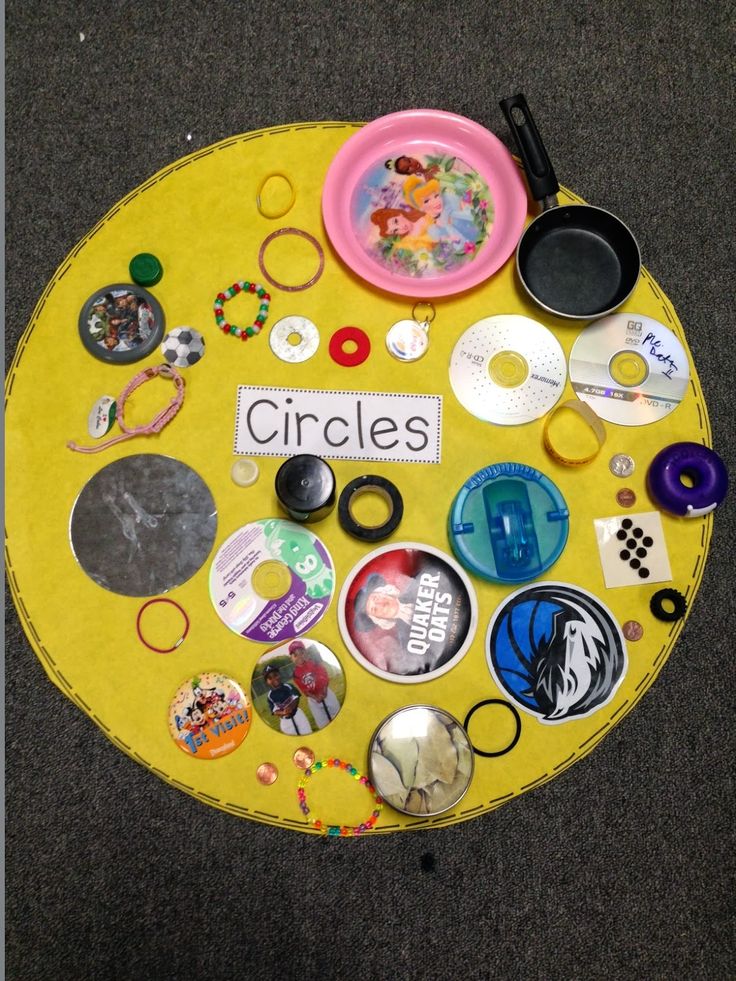Early reading software
The 10 Best Online Reading Programs
The availability of online study materials has transformed not only how students learn in the classroom, but also the ways in which their parents can help them learn at home. Whether it’s teaching or reviewing the basics in the evening, or seeking out the best resources for homeschooling, online resources are a game changer in child literacy and instruction. Indeed, recent studies have shown that students who work on basic literacy skills at home, during the earliest years of their pre-school and elementary school education, are up to 56 percent more successful on standardized literacy tests during their late elementary school years and during middle school.
In fact, students whose parents played an active role in their literacy education were more likely to read at least 10 books per year and more likely to show high levels of comprehension and literacy in other subject areas, including mathematics. These results help to clarify the importance of working with young students on reading and comprehension from an early age, and there are many online tools available that make this process even easier and more exciting.
The best tools have been ranked below.
Though there are hundreds of helpful resources online that encourage greater literacy in pre-school and elementary students, only ten were chosen for this ranking. These tools were selected based on a combination of factors. First and foremost, the tools chosen had to be developed either by a coalition of parents and teachers or by a group of teachers who work with real students on reading and literacy in their professional careers. Online reading programs were also chosen, and ranked, based on their affordability, their appeal to parents of homeschooled children, and their use of fully immersive web technologies that appeal directly to young learners. More immersive and interactive programs, like those with slide shows, videos, and interactive games, rank as some of the best and most productive resources today. This reality is reflected in their placement within the ranking.
10. ABCMouse Early Learning Academy
ABCMouse Early Learning Academy is widely regarded as one of the best online tools for early learners grasping the most basic concepts of reading and other subjects. Founded in 2010, the company was a leader in the immersive, web-based and app-based education boom at the beginning of the decade. In the nearly seven years since its founding, the company has focused on fully immersive experiences on an array of mobile devices, as well as an adaptive and immersive website that allows students to progress at their own pace through basic lessons in sight words, phonetics, and the letters of the alphabet.
Founded in 2010, the company was a leader in the immersive, web-based and app-based education boom at the beginning of the decade. In the nearly seven years since its founding, the company has focused on fully immersive experiences on an array of mobile devices, as well as an adaptive and immersive website that allows students to progress at their own pace through basic lessons in sight words, phonetics, and the letters of the alphabet.
As a bonus, a license for the company’s website portal, and all of its mobile apps is made available for free to virtually every public school, public library, and noted community organization. This wide accessibility makes the ABCMouse system widely accessible to both public schools and home schooling environments.
Follow ABCMouse
9. CNK Digital
CNK Digital is a leader in making learning fun. Since first offering its gaming platform early in the present decade, CNK Digital has become a leader in game-based learning, with a variety of leveled games that work with students from pre-school through the beginning of middle school. The company’s games are fun, but also instructive, with lessons in phonics, sight words, the alphabet, sentence structure, and much more.
The company’s games are fun, but also instructive, with lessons in phonics, sight words, the alphabet, sentence structure, and much more.
While fun to early learners, the CNK Digital service is also a robust analytical tool for teachers and parents. Every action taken in one of the company’s many literacy games records data about the student’s comprehension, including the lessons and games that they either struggled or excelled in the most. This allows teachers and parents to focus their efforts on critical weak points in their student’s literacy education, addressing major issues early on.
Follow CNK Digital
8. StudyDog Reading
Designed based on core principles of the National Reading Panel and peer-reviewed research on childhood literacy, StudyDog is primarily an independent learning tool that encourages students to work on their own, with minimal parent or teacher supervision. The service incorporates several immersive games, videos, slideshows, and lessons from the “StudyDog” himself, to teach students the fundamentals of the alphabet, phonics, vocabulary, and even sentence structure, based on the student’s age and level of proficiency in core literacy concepts. The StudyDog approach is backed by scholarly research, as well as documented outcomes via standardized testing under the former No Child Left Behind Act, making it one of the most documented and reviewed approaches to reading education online.
The StudyDog approach is backed by scholarly research, as well as documented outcomes via standardized testing under the former No Child Left Behind Act, making it one of the most documented and reviewed approaches to reading education online.
Follow StudyDog Reading
7. Book Adventure
Suitable for students in grades K-8, Book Adventure has a dual mission in the world of online reading education. First, the service is designed to help early learners master the basic concepts of reading comprehension and the principles of literacy. This is accomplished through a series of games and “adventures” that require input from students, corresponding with literacy lessons, to progress through the “adventure” and reach its conclusion.
Each adventure also promotes the company’s second mission: To encourage a lifelong passion for learning. The company’s mission statement notes that many people will only read if they are motivated to do so by an enjoyment of books and a commitment to literacy.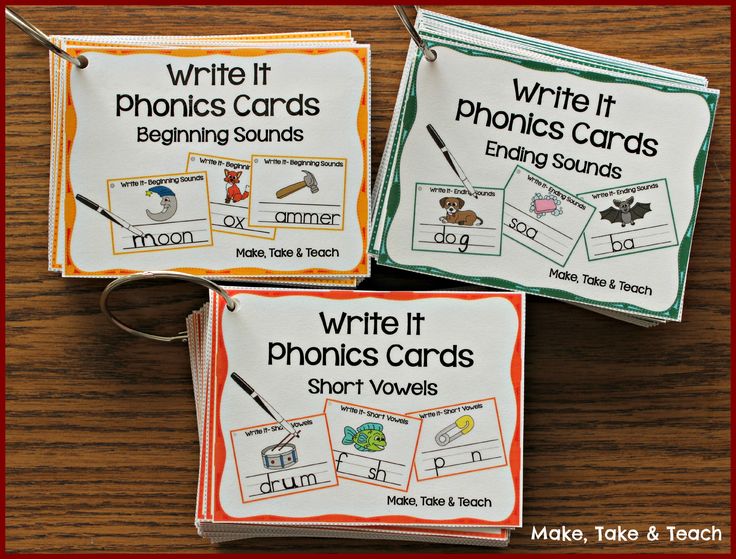 Each “adventure” excites children about reading and books and gives them a new goal that will push them toward more independent reading outside the bounds of each lesson.
Each “adventure” excites children about reading and books and gives them a new goal that will push them toward more independent reading outside the bounds of each lesson.
Follow Book Adventure
6. Kız Phonics
Kiz Phonics draws a great deal of its instructional inspiration from programs like Hooked on Phonics, which was one of the first programs to emphasize phonics and phonetics in literacy education. With that being said, the program is also differentiated in several key ways. First and foremost, Kiz Phonics is developed by a 27-member panel of teachers who work daily in reading and language arts education. The program also has the support of several tenured professors of language from around the country.
The Kiz Phonics program, unlike Hooked on Phonics, is available entirely online or through mobile applications. Because the program was developed by people who teach English or ESL to young and adult learners, heavy emphasis is placed on the proper progression through fundamentals, like the alphabet, phonics, pronunciation, sentence structure, and reading techniques.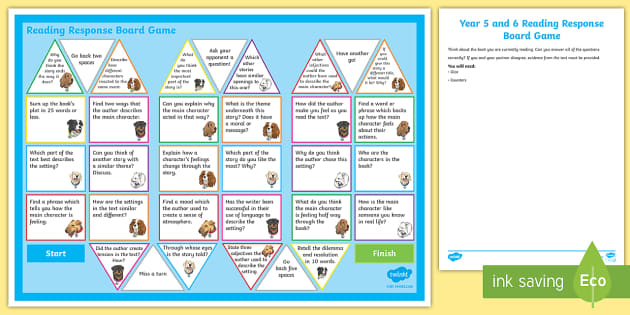 Digital letter, word, and pronunciation charts are also available online and can be printed, making this a great instructional tool for a homeschooling environment as well.
Digital letter, word, and pronunciation charts are also available online and can be printed, making this a great instructional tool for a homeschooling environment as well.
Follow Kiz Phonics
5. Mr. Nussbaum
Mr. Nussbaum is a real person with years of experience in childhood literacy education, and the MrNussbaum.com website is a testament to this. The approach taken by this unique online tool, appropriate for children in grades K-8 that combines lessons in reading and literacy with a zeal for research. The Nussbaum approach to literacy education strongly believes that students need to not only learn the basic principles of reading but also employ those principles in everyday tasks.
To that end, students will put their skills to use as they scour real scholarly materials, researching concepts and actively reading in pursuit of a final goal. It’s a practical approach that helps students connect theory with practice in a meaningful way for the rest of their lives.
Follow Mr. Nussbaum
4. Hooked on Phonics for Early Learners
Dating back to 1987, Hooked on Phonics is both one of the oldest and one of the most successful programs for people of all ages who are learning to read. The program has historically focused on early learners, from preschool through the early middle school years, when developing most of its books, DVDs, and other materials. To that end, Hooked on Phonics today is the single most comprehensive tool for parents and teachers who are assisting early learners with phonetics and the most basic concepts of literacy.
Though Hooked on Phonics was started by a father who wanted to teach his son to read, the company has evolved over 30 years into one that involves both parents and teachers. Lessons are designed and revised by a panel of literacy experts, early childhood educators, and actual classroom teachers, in an effort to make them immersive, interactive, and fun. The company most recently turned its series of successful books and DVDs into an interactive web portal and a mobile app, giving students and parents a vast number of digital lessons on virtually every portable device.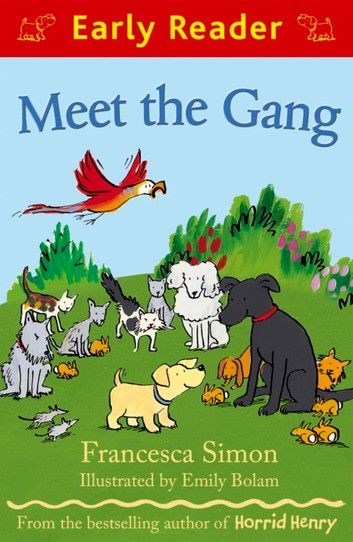 It remains one of the most highly effective teaching tools in early literacy.
It remains one of the most highly effective teaching tools in early literacy.
Buy Hooked on Phonics Here
3. Headsprout Kids Reading Program
Part of the Learning A-Z family of learning tools, which has been providing at-home and in-school instruction to students since 2002, Headsprout is known for its adaptive approach to early childhood literacy. Unlike many of the company’s competitors, which apply a one-size-fits-all approach to learning basic phonetics and reading comprehension methods, Headsprout’s software uses an adaptive approach that responds to student answers. If the student needs more time on a concept, Headsprout detects this fact and acts accordingly. Likewise, the software can speed students through concepts that they already know or are grasping with ease.
Headsprout’s unique, adaptive approach to teaching reading has produced real results for students both in the home and at school. Furthermore, the company’s approach has been validated by peer-reviewed studies, published in many major journals of education, since the software first hit the market over a decade ago..jpg) The company’s consistent approach to student learning, and its use of algorithms and lesson adaptation, make it a great fit for independent study times and all levels of early learners.
The company’s consistent approach to student learning, and its use of algorithms and lesson adaptation, make it a great fit for independent study times and all levels of early learners.
Follow Headsprout
2. Reading Bear
There is one problem that has almost always stopped homeschoolers and budget-weary parents in their tracks: licensing fees for literacy programs. Many of the most popular literacy programs, even those offered primarily for home use, require steep subscription and licensing fees that can eat into family budgets. This makes it hard to review, or to teach, the most basic literacy and reading comprehension concepts with early learners. Reading Bear was founded to put a stop to this problem. All of its literacy and reading comprehension lessons are completely free for home use, making this tool the best option for parents on a tight budget.
Reading Bear, like many other tools, understands the importance of “leveling” its learning programs and providing numerous instructional options to parents.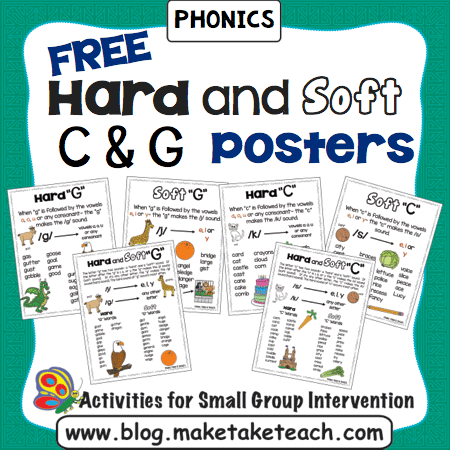 The free service offers its early childhood reading lessons in both video and slideshow formats. In addition, the service offers seven different levels of instruction for each lesson, ranging from a short “review” of the lesson’s concepts to a longer, fully immersive lesson for young learners who are either new to the concept or need more time to review before moving on. The ability to choose different instructional methods and levels, in addition to its free price tag, makes Reading Bear a top choice for parents who prefer flexibility and have a tight budget for instructional tools.
The free service offers its early childhood reading lessons in both video and slideshow formats. In addition, the service offers seven different levels of instruction for each lesson, ranging from a short “review” of the lesson’s concepts to a longer, fully immersive lesson for young learners who are either new to the concept or need more time to review before moving on. The ability to choose different instructional methods and levels, in addition to its free price tag, makes Reading Bear a top choice for parents who prefer flexibility and have a tight budget for instructional tools.
Follow Reading Bear
1. K5 Learning for Reading
One of the things that originally made K5 Learning unique was its founding members: parents. When the company was founded, virtually all literacy tools were marketed exclusively to schools and sold on a “volume license basis,” making it nearly impossible for parents and homeschoolers to take advantage.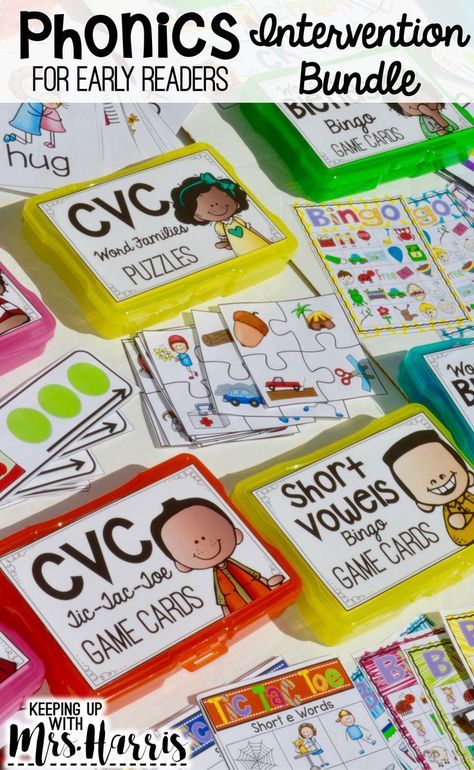 The company’s original mission was to democratize this process, bringing high-end, highly effective phonics and literacy tools to early learners across the country, whether they were at home or at school.
The company’s original mission was to democratize this process, bringing high-end, highly effective phonics and literacy tools to early learners across the country, whether they were at home or at school.
In the two decades that have elapsed since the founding of K5 Learning, the company’s reading and basic literacy program has become one of the best options on the market for both schools and homes around the world. In fact, the K5 Learning program in reading was recently named the best such program in the country by a leading educational publication. The program is designed by a coalition of parents, ESL teachers, and literacy experts, along with early childhood educators who design interactive lessons compatible with Internet browsers and mobile devices. As a result, it easily tops the rankings for the best at-home literacy and reading program available to parents in the United States and around the world.
Learn More about K5 Learnin
Reading Software: Finding the Right Program
Reading software has transformed instruction for struggling learners and students with disabilities. Not only do these applications have the ability to read text aloud, they can do so while highlighting individual words or entire sentences. Some applications have features to help students organize their thoughts, while others offer activities that help students learn new concepts.
Not only do these applications have the ability to read text aloud, they can do so while highlighting individual words or entire sentences. Some applications have features to help students organize their thoughts, while others offer activities that help students learn new concepts.
Students enjoy these devices because they enable them to work independently, yet receive just-in-time support when necessary. Teachers enjoy these devices because they provide targeted reading support that best meets the needs of students. Parents enjoy them because they offer ideal solutions to the learning difficulties faced by their children.
Since different reading software applications contain different features, it is important that students are matched with software that best meets their specific needs. LD Online has identified five web-based resources that contain detailed information on reading software programs and address specific needs of students with special needs in reading. The following overview provides a synopsis of each resource to help streamline the selection process.
The Tech Matrix
The TechMatrix serves as a database of both published research and commercial products, reviewed for universal design and accessibility features that benefit students with learning challenges. The TechMatrix is organized around seven learning supports for the use of technology in instruction, including:
- Access to electronic references and resources
- Access to multiple formats of text, notation, and symbols
- Alternate access to the computer and peripheral devices (input and output)
- Means to create and engage in multimedia products and projects
- Means to organize and plan
- Opportunities to learn concepts
- Practice and reinforcing activities
Products are reviewed for the presence of features such as text-to-speech capabilities, word prediction, embedded resources (ex. e-dictionary, e-thesaurus, highlighting) customizable views, and differentiation. The matrix is updated regularly with new products, research reports, and additional features.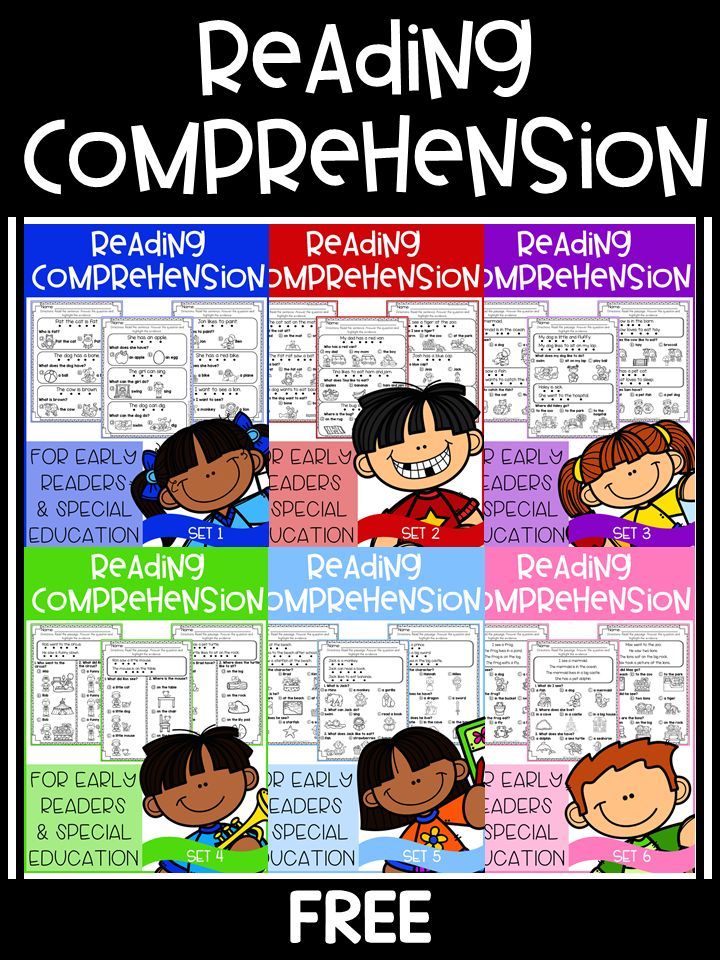 In addition to reading, users can find reviewed products and research in writing, mathematics, and assistive technology access devices.
In addition to reading, users can find reviewed products and research in writing, mathematics, and assistive technology access devices.
A simplified search process helps users easily create custom matrices of software products and research that meet individual needs. Parents, teachers, and administrators can find choices and reviews to inform their decision-making and improve student outcomes. Custom searches and product profile pages can be bookmarked or sent to colleagues and friends to share information.
Back to Top
National Center for Accessible Media
The National Center for Accessible Media (NCAM) website focuses on the technological aspects of e-books and digital talking books (DTB) software and hardware. Digital books are computer files stored on CD, in a directory, or on a memory card. They can also be read on stand alone players or on computers. Digital books make print accessible to readers with learning difficulties or vision impairments. The NCAM reading matrix serves as a resource for identifying capabilities for tools, such as:
- Cost
- Operating system requirements
- Supported text formats
- Supported multimedia formats
- Additional features such as ability to link to external media devices
The matrix is regularly updated with information as new versions are released or updates add capabilities to existing products.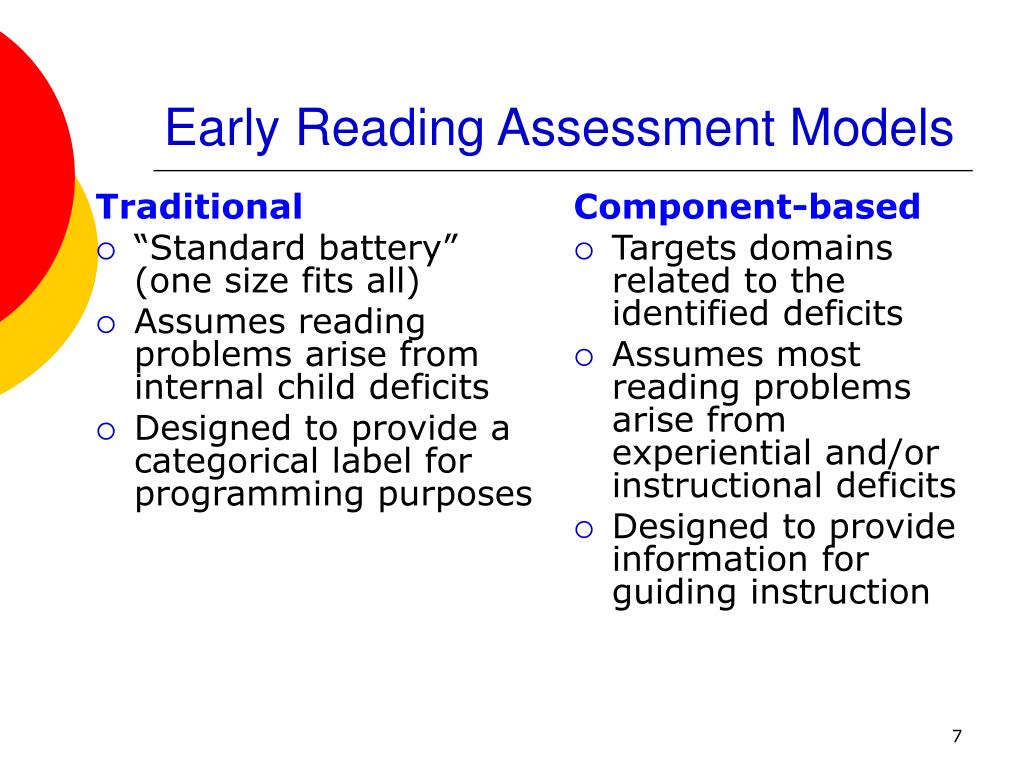 Direct links are provided to product websites.
Direct links are provided to product websites.
Back to Top
Curriculum Software Search
The Curriculum Software Search is part of the Stages developmental framework which supports the language and learning of students with moderate to severe impairments. The database is organized around eight stages:
- Cause and effect
- Language readiness
- Emerging language
- Early concepts
- Advanced concepts
- Functional learning
- Talking word processors
- Writing tools, written expression, and syntax development
Users are able select a stage and search a list of software database choices. These choices include: access options (i.e., mouse, switch), graphics and content (child, teen/adult), platform (Mac, Windows, DOS), prompt options (auditory, visual, multisensory), activity type (press and hold or press and release), and feedback type (auditory, visual). The portal allows users to search for software that is compatible with the user's needs as indicated by the query fields.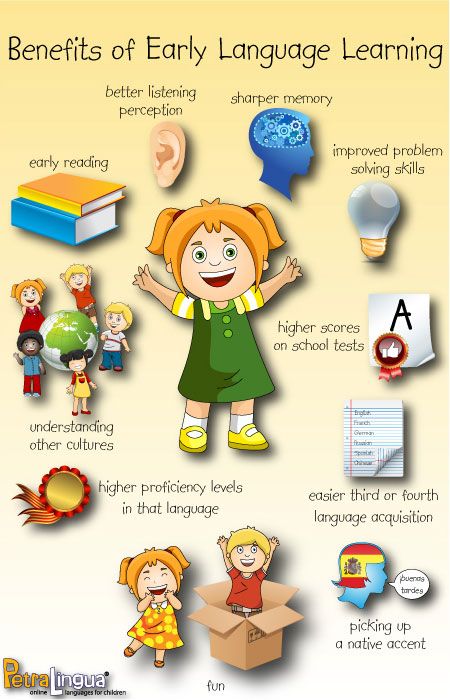
Back to Top
Texas Assistive Technology Network
The Texas Assistive Technology Network provides another variation in web-based reading resources as part of its training to educators in the state. The reading module includes presenter and participant training materials (as a downloadable PowerPoint presentation). Accompanying the training materials is Technology for Struggling Students*, a PDF matrix of software products and strategies. The products and strategies are organized into six components that align with federal guidelines for research based reading instruction:
- Phonemic awareness
- Phonics
- Word identification
- Vocabulary
- Fluency
- Comprehension
The product and strategy reviews also list product name, manufacturer, website, product description, and a no tech/low tech category.
Back to Top
Recording for the Blind & Dyslexic (RFB&D)
The Recording for the Blind & Dyslexic (RFB&D) offers both resources for understanding content materials, as well as content materials to assist students with reading disabilities and difficulties.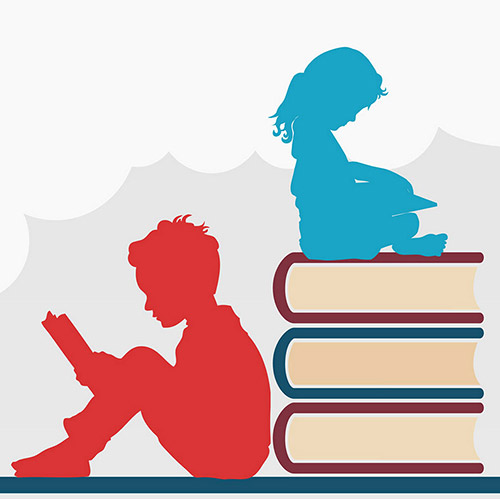 Sponsored by the (RFB&D), the Learning Through Listening website provides free lesson plans, activities, teaching strategies, and other resources to help K-12 educators teach critical listening skills and meet the needs of diverse learning. The site offers a link to the RFB&D's online ordering center which distributes desktop, portable and software playback equipment. It allows users to compare:
Sponsored by the (RFB&D), the Learning Through Listening website provides free lesson plans, activities, teaching strategies, and other resources to help K-12 educators teach critical listening skills and meet the needs of diverse learning. The site offers a link to the RFB&D's online ordering center which distributes desktop, portable and software playback equipment. It allows users to compare:
- Equipment features
- Costs
- Functionality on the site
RFB&D also offers AudioAccessSM, which enables students with learning and print disabilities to download audio textbooks and literature for school to a Windows® computer. The digital files can be synced to a compatible portable media player and students can take them wherever they go.
Although the resources identified in this Info Brief can help address an array of reading difficulties and disabilities, it is imperative for educators and parents to be pro-active in exploring all options for their struggling students. Guidance on doing so can be found in the LD OnLine Info Brief, Be an Empowered Consumer: Let Your Voice Be Heard.
Guidance on doing so can be found in the LD OnLine Info Brief, Be an Empowered Consumer: Let Your Voice Be Heard.
Back to Top
Give kids the best start with the new personalized HOMER Learn & Grow Early Learning Program »Let's talk about video games
HOMER goes beyond a proven reading learning app to offer a comprehensive early learning program for children ages 2 to 8.
NEW YORK - (BUSINESS WIRE) - Today, HOMER, the premier early childhood education program, unveiled its completely redesigned comprehensive learning platform, HOMER Learn & Grow. Building on the success of HOMER Reading, the only app proven to increase early reading scores by 74% in just 15 minutes a day, HOMER Learn & Grow takes kids on a personalized learning journey that grows with them as they they increase their confidence in vital subjects. areas including reading, math, social-emotional, creative and thinking skills.
"This year has been extremely challenging for parents as they have been given the role of teaching and fighting how to ensure their children don't miss out on critical developmental skills. Nearly 60% of parents surveyed said they were equally intimidated and motivated to know that the early years matter the most, while also recognizing that it is difficult to determine what is effective at sea, mainly educational opportunities,” said Stephanie Dua, co-founder and president of HOMER. “HOMER aims to partially alleviate this stress, supporting families with a comprehensive program designed by experts, targeting both mainstream schools and life skills.
Nearly 60% of parents surveyed said they were equally intimidated and motivated to know that the early years matter the most, while also recognizing that it is difficult to determine what is effective at sea, mainly educational opportunities,” said Stephanie Dua, co-founder and president of HOMER. “HOMER aims to partially alleviate this stress, supporting families with a comprehensive program designed by experts, targeting both mainstream schools and life skills.
HOMER Essential Early Learning Program offers families a unique combination of school efficiency and fun activities to give children the best start on their educational journey. a variety of subjects, including reading, math, social-emotional learning, creativity and thinking skills.
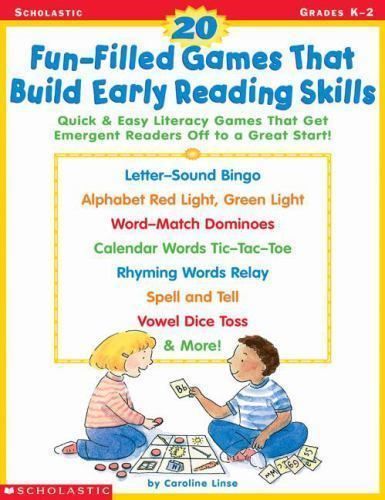 HOMER Learn & Grow also features hundreds of stories and characters your child will love, from classics like Little Red Riding Hood to favorites like the Thomas Train™.
HOMER Learn & Grow also features hundreds of stories and characters your child will love, from classics like Little Red Riding Hood to favorites like the Thomas Train™. 
HOMER Learn & Grow replaces the popular HOMER Reading and HOMER Stories apps with a completely redesigned curriculum with expanded curriculum and new content. Existing HOMER members will benefit from new kid-friendly navigation for self-play and will be able to pick up a child's reading from where they left off.
The HOMER Method
At the heart of HOMER Learn & Grow is the HOMER Method, a patented, research-backed, child-tested, expertly developed system that gives your child the best start on their learning journey by helping them develop important skills for both school, as well as for life.
HOMER is the only solution in the industry that delivers digital, physical and personal learning, allowing kids to choose how they learn. The new HOMER Learn & Grow app represents the first digital pillar of HOMER's comprehensive early learning program, which aims to support learning using whatever environment is most appropriate. In the coming months, HOMER, along with its partners, will introduce additional programs to support physical play and real-time learning (both virtual and face-to-face).
Availability and Pricing
HOMER Learn & Grow is now available on the Apple App Store and coming soon to the Google Play Store. Membership is for the whole family with the ability to set up up to four profiles. Families can try the app for free for the first 30 days and then upgrade to a monthly membership for $9.99 or an annual membership for $59.99. Register at https://learnwithhomer.com/
START
BEGiN is an award-winning educational technology company that creates educational products that are as effective as they are fun, developing critical skills and bringing high-quality educational content to children everywhere. BEGiN's investors and partners include some of the most famous and loved children's brands, including Sesame Workshop, LEGO Ventures, Gymboree Play & Music and Fisher-Price. BEGiN was co-founded by Neil Shenoy, Stephanie Dua and Noel Millholt.
HOMER is an essential early learning program for young children. HOMER gives children the best start on their educational journey by gaining self-confidence and developing skills that prepare them for school and life.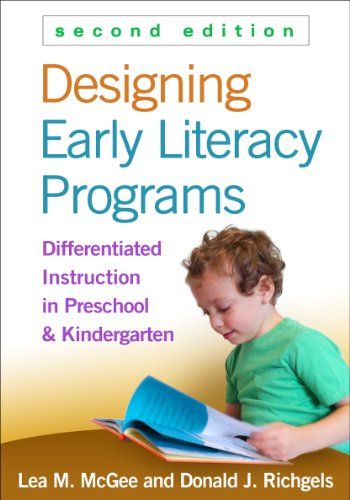 The HOMER Method - our proprietary learning framework - provides academic skills such as literacy and math, in addition to personal skills such as problem solving and social emotional awareness, through content that is personalized to their interests, age, and learning level, in the critical period of early development in childhood when children are most eager to learn.
The HOMER Method - our proprietary learning framework - provides academic skills such as literacy and math, in addition to personal skills such as problem solving and social emotional awareness, through content that is personalized to their interests, age, and learning level, in the critical period of early development in childhood when children are most eager to learn.
To learn more, visit www.learnwithhomer.com
Contact
For HOMER:
Allison Grenewecki
[email protected]
Source BUSINESS WIRE Disqus.
Visit the new PDV store!
Push notifications
Sign up to stay updated!Uncharted 4 - PC launch was "the most…
Piermatteo Bruno -
Last week, Sony and Naughty Dog finally released the Uncharted 4: Legacy of Thieves Collection on Steam and the Epic Games Store, providing...
AliExpress.com Product - FIFINE USB Recording Microphone / streaming / gaming, professional PC microphone, headphone mic output and volume control - K678
Subscribe to our newsletter
Leave this blank Consent * I authorize PDV to process the data provided for the sending of newsletters in accordance with the applicable rules and directives at http://www. pdvg.it/privacy/.
pdvg.it/privacy/.
Teaching reading according to an effective method Zaytseva N.A.
The question of teaching reading at an early age in literate parents begins with the choice of an effective method. The less literate begin with the question: “ Why teach children to read before school, why take away a child's childhood? ". This article is devoted to the disclosure of this topic related to teaching reading at an early age.
To begin with, let's determine the position of the author of the article on this topic in order to look at the essence of the issue from the same angle as the reader.
First, it is possible and necessary to teach reading at an early age (before school) . Of course, childhood cannot be taken away; children need to be taught in the game, according to specially developed game methods. Human intelligence depends not only on heredity, but also on the active stimulation of mental activity during the formation of the brain, i. e. in the time interval from birth to six or seven years. Early reading is one of the best ways to stimulate this.
e. in the time interval from birth to six or seven years. Early reading is one of the best ways to stimulate this.
Secondly, to teach reading in Russian, the emphasis should be on domestic methods , since it is better than Russian, only another Russian can know Russian. Global methods of teaching reading are from the evil one. There is no universal method of teaching reading suitable for all languages. And what works for English doesn't work very well for Russian. If you dig even deeper, then there is no universal technique either. All children are different, and what works for one child does not mean that it will also work well for another.
Thirdly, teaching a child to read is best entrusted to a specialist , so as not to instill in your child, through negligence, an aversion to reading from an early age. After all, it is not enough just to teach reading, it is equally important to consolidate this skill and try to turn this process into an exciting and interesting activity, to teach you to enjoy reading. Otherwise, once having learned to read under pressure, your child, except for special school literature, will not take a single art book from the shelf.
Otherwise, once having learned to read under pressure, your child, except for special school literature, will not take a single art book from the shelf.
So, we have dealt with the main theses, and if you agree with them, then our opinions on the issue of teaching reading generally coincide and you can continue reading further.
Why the article is called “Teaching reading according to the effective method of Zaitsev N.A.”, but because, of the modern domestic methods of teaching reading in Russian, it is the methodology of Academician Nikolai Aleksandrovich Zaitsev, a remarkable Soviet and Russian innovative teacher, that is the most holistic, flexible and efficient today. This is confirmed by hundreds of private children's early development centers throughout the country that have tested Zaitsev's methodology since its foundation, back in 90 years that still remain true to her.
There are many methods of teaching reading (we are talking about Russian), but there are few holistic methods, built into a logical system, with a large number of specially designed visual aids, handouts and methodological materials, a well-functioning system for teaching teachers to work with the methodology, few . .. And if dig deeper according to the above parameters, then there is only one such technique - Nikolai Zaitsev.
.. And if dig deeper according to the above parameters, then there is only one such technique - Nikolai Zaitsev.
More than 20 years of practical work with children according to Zaitsev's methods have confirmed its effectiveness in group work with young children in teaching reading, mathematics, developing intelligence and creative abilities. Zaitsev's technique is unique and original in itself. And although in the course of many years of practical application, many elements of the methodology were refined and rethought, it retained its essence - a warehouse method of teaching reading in a playful way, using special multi-colored cubes, tables and cards.
Practice shows that children studying according to the Zaitsev method begin to read literally after a few lessons. A characteristic feature of learning to read in this way is the absence of overload, weakening of vision and posture, which are so characteristic of most modern methods.
Classes are held in a playful and competitive way, with singing of educational materials (provided with audio recording), in motion, monotony, prolonged sitting of children and related stress are excluded.

